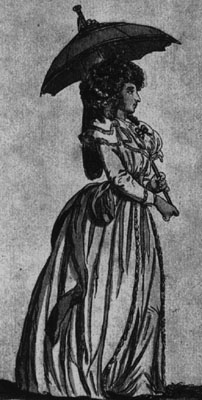
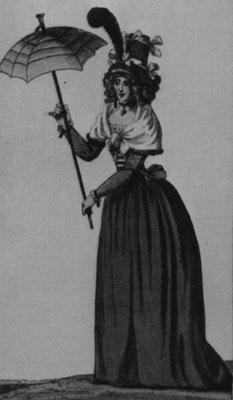
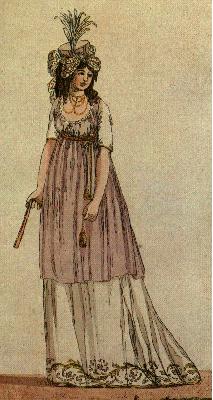
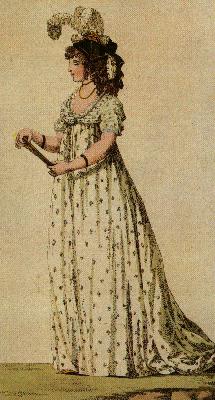
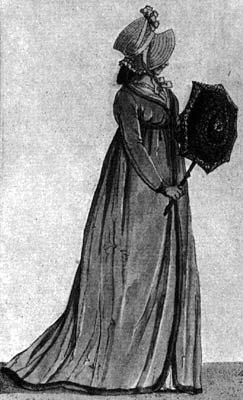
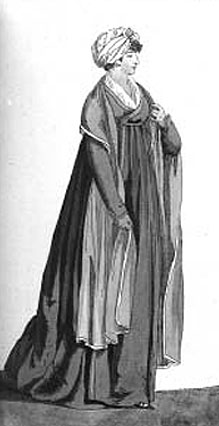

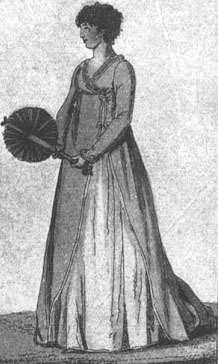
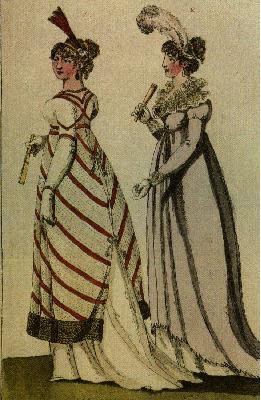
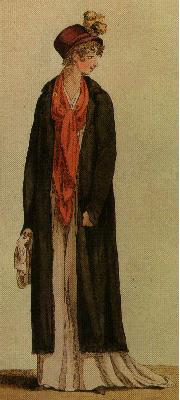
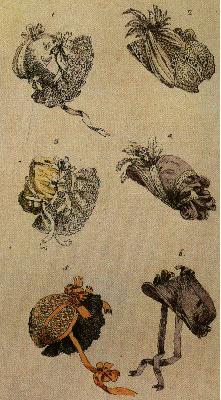
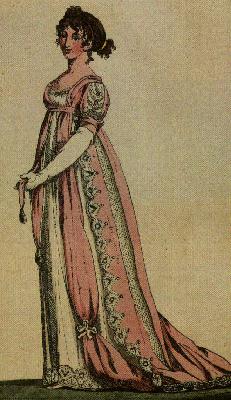
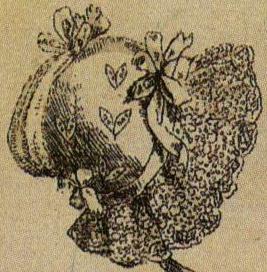
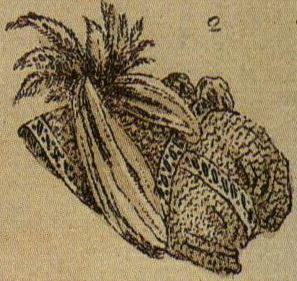
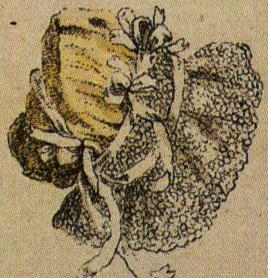
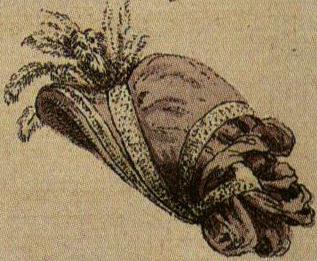

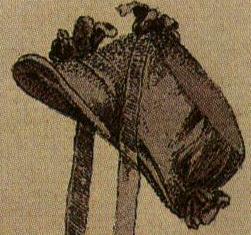
Kessler, Helga. "Viennese Biedermeier Fashion." In The Imperial Style: Fashions of the Hapsburg Era. Ed. John P. O'Neill. New York: The Metroplitan Museum of Art, 1980. 42-63.
Klassik, Stiftung Weimarer, ed. Comp. by Doris Kuhles. Journal des Luxus und der Moden 1786-1827. [With 976 color plates from the original publicaton!!! This book costs 640 Euros or about $760--I guess I won't be getting a copy soon.]
Markov, Walter. Grand Empire: Virtue and Vice in the Napoleonic Era. New York: Hippocrene Books, 1990.
Witzman, Reingard. "The Beautiful Viennese: Fashions from the Time of Maria Theresa to the End of the Congress of Vienna." In The Imperial Style: Fashions of the Hapsburg Era. Ed. John P. O'Neill. New York: The Metroplitan Museum of Art, 1980. 34-41.
This journal was published in Weimar, Austria-Hungary by F. J. Bertuch and G. M. Kraus. Their full names are Friedrich Justin Bertuch and Georg Melchior Kraus.
This web page (link last verified 4/21/4) appears to have some of the original German text from the January 1811 issue.
 |
 |
| Sept. 1790, Lady with walking-stick umbrella | June 1791, Lady with walking-stick sun shade |
 |
 |
| 1796, Plate no. 29 | 1797, Plate no. 13 Given the low cut, the feathers, and the necklace, this is probably evening dress. |
 | 
|
| Women's Walking Dress, 1798, with Pompadour Parasol | 1799 plate showing wrap dress with shawl. |
 |
 |
| Ball Dress, 1800. This dress actually seems a little awkward for dancing with the tight fit of the sleeves and bodice as well as the train on the overdress. | Plate from June, 1800. Note the unusual circular fan. |
 |  |
| 1801, Plate no. 8. This appears to be a type of full or evening dress on the left, given the short sleeves, high gloves, feather, and train. The dress to the right may be half-dress or afternoon dress, given the long sleeves. | Walking Dress, 1801, Plate no. 14. A simple white gown with a train is covered by a three-quarters length coat. The bonnet is masculine in style, yet trimmed with three yellow plumes. A fringed orange shawl adds vibrant color to the plate. |
 |
 |
| 1802, Plate no. 4 (See detailed images of the bonnets below) | 1802, Plate no. 13. This is an elegant pink and white evening gown. |
 |  |
 |  |
 |
 |
 |
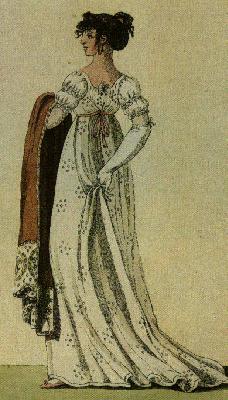 |
| Undated plate, no. 32. Male dress; the figure holds a whip, so perhaps for carriage driving or riding. | 1804, Plate no. 11. This gown is likely a ball gown. Note the shawl appears to be in the paisley pattern. |
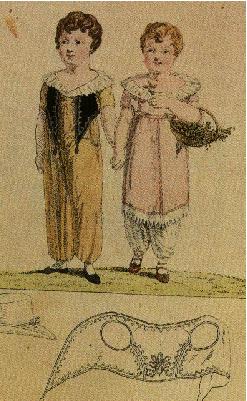 |
Detail of the pattern for the boy's vest; the color plate shows the pattern done in gold embroidery on black fabric, probably velvet. |
| Plate no. 13, Children's fashions with pattern details given beneath models. | I do not know the year of this plate. |
 |
Right: Detail of little girl's shoe and undergarment. |
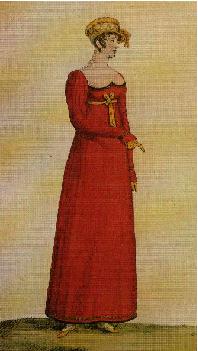 | 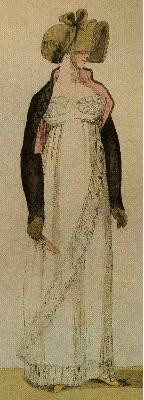 |
| Year unknown, Plate no. 23. A low-cut scarlet gown is trimmed with gold at hem and neck. Matching yellow gloves, slippers, and sash are worn as well. The yellow and silver headdress sits at a jaunty angle. This is probably a walking dress or afternoon dress. | Year unknown, Plate no. 29. This is a walking dress with a spencer in black and pink. The breasts show the emphasis of the time on seperating the breasts widely. |
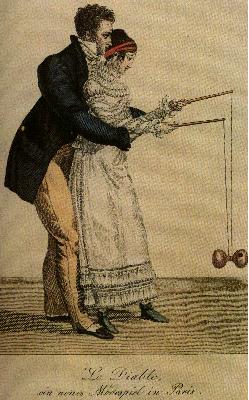 |
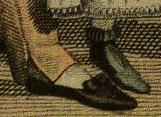 |
| Plate no. 29 of a different year, labelled "Le Diable, ein neues Modespiel in Paris." The lady appears to be in undress or morning dress. Note the high padding of the shoulders on the man's coat: this trend would be exaggerated more and more in the 1820s and 1830s. | Detail of shoes |
To Return to the Regency Publications Page